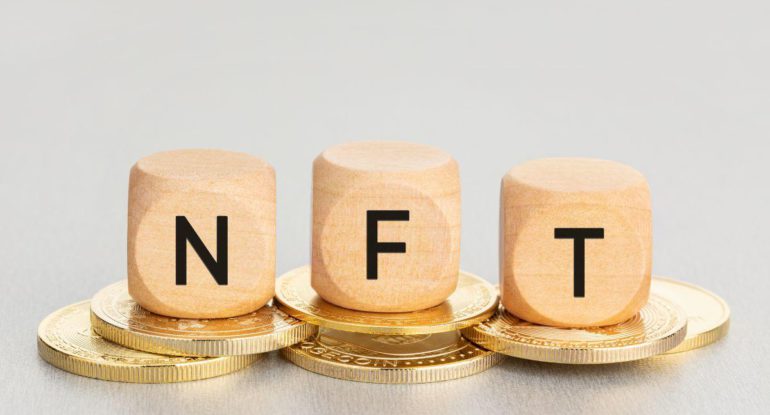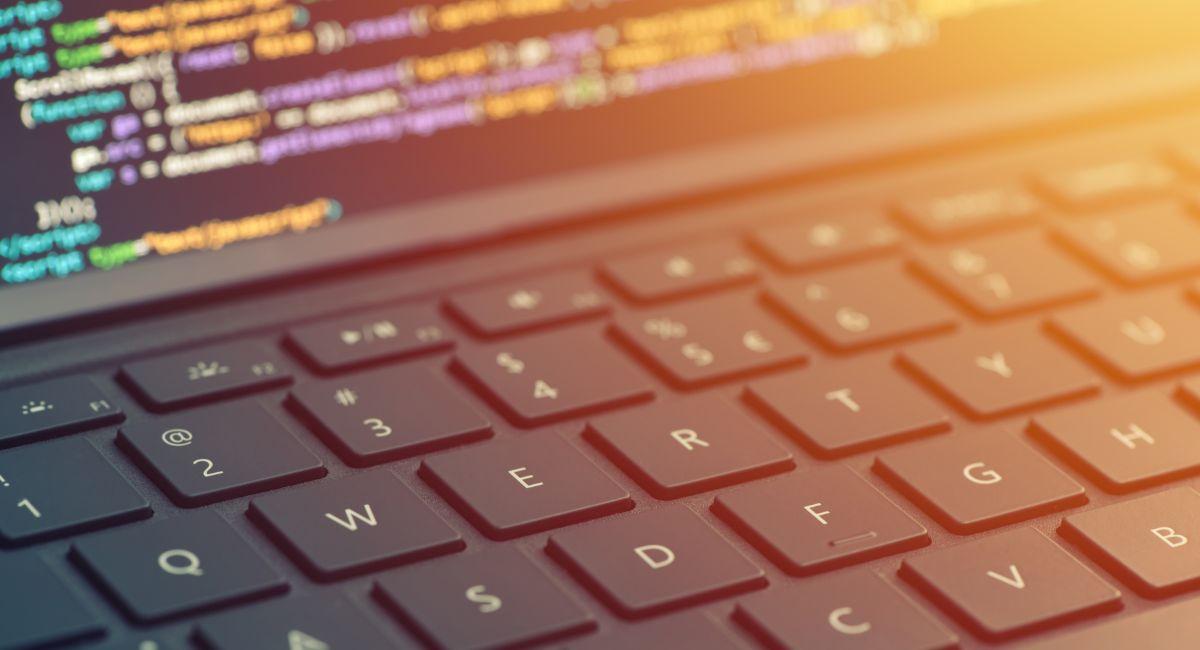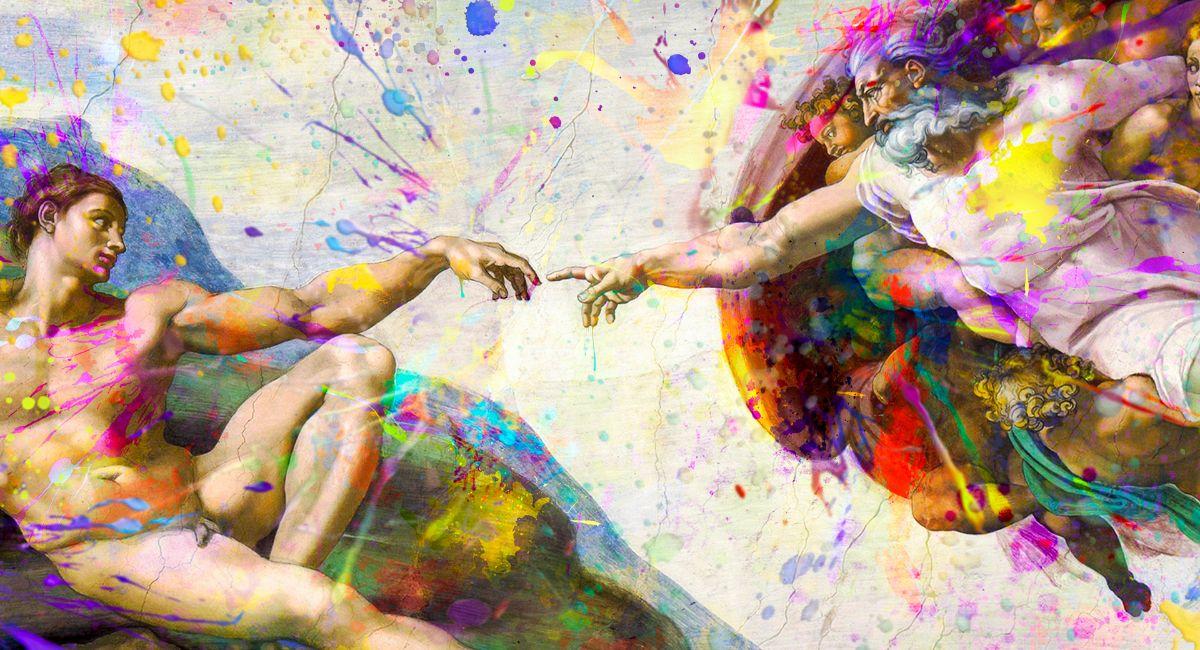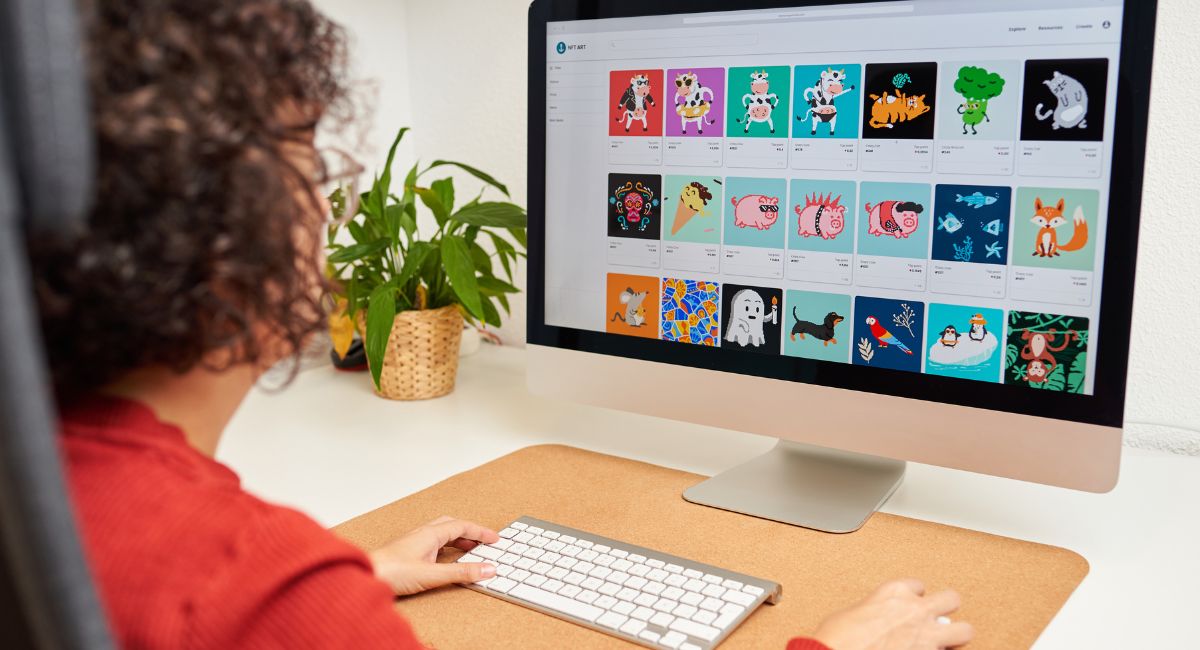January 15, 2024 by Diana Ambolis
273
As the digital landscape transitions into the era of Web3, Non-Fungible Token (NFT) development has emerged as a cornerstone, playing a pivotal role in reshaping the dynamics of digital ownership and interaction. This article delves into the key reasons why NFT development has become a top priority in the context of Web3. The Significance of
As the digital landscape transitions into the era of Web3, Non-Fungible Token (NFT) development has emerged as a cornerstone, playing a pivotal role in reshaping the dynamics of digital ownership and interaction. This article delves into the key reasons why NFT development has become a top priority in the context of Web3.
The Significance of NFT Development in the Web3 Landscape

Decentralized Ownership and Authenticity
NFTs provide a unique solution to the challenge of digital ownership by leveraging blockchain technology. The decentralized nature of blockchain ensures that users have true ownership of their digital assets, empowering them with control over their creations, whether they are artworks, music, or virtual items.
NFT development utilize cryptographic signatures to establish and verify the authenticity of digital assets. This ensures that each NFT development is unique and cannot be replicated or tampered with, addressing longstanding concerns related to digital content piracy and unauthorized distribution.
Smart Contracts and Programmable Value
- Smart Contract Functionality
NFTs are built on smart contracts, enabling self-executing and programmable functionalities. This not only streamlines transactions but also introduces automation into the ownership and transfer of digital assets, reducing the reliance on intermediaries.
NFTs go beyond simple ownership; they can represent programmable value. Smart contracts associated with NFTs can dictate how assets behave in various scenarios, fostering dynamic interactions within decentralized applications (DApps) and contributing to the programmable economy envisioned in Web3.
Interoperability and Cross-Platform Integration
NFTs are designed to be interoperable, transcending the boundaries of specific blockchain networks. This interoperability encourages cross-platform integration, allowing NFTs to move seamlessly across different ecosystems. This flexibility not only broadens the audience but also fosters collaboration among diverse projects.
Interoperability enhances the overall user experience by providing a seamless and interconnected environment. Users can engage with NFTs across various platforms, ensuring a more dynamic and integrated Web3 experience.
Democratizing Creativity and Monetization
NFTs democratize creativity by enabling artists, musicians, and content creators to tokenize and monetize their work directly. This direct connection with audiences fosters a fairer distribution of revenue, challenging traditional models and providing creators with new avenues for financial support.
The decentralized and transparent nature of NFT transactions opens up innovative revenue streams. Creators can receive royalties automatically whenever their NFTs are resold, creating ongoing income and reshaping how the creative industry monetizes digital content.
Also, read- Top NFT Development Companies Since 2022
How are NFTs used in Web3?
Non-fungible tokens (NFTs) play a pivotal role in the Web3 ecosystem, revolutionizing the way digital assets are owned, exchanged, and represented. Web3, often referred to as the third generation of the internet, emphasizes decentralized protocols, blockchain technology, and user-centric applications. Here’s a detailed breakdown of how NFTs are integrated into Web3:
- Ownership and Digital Assets:
- NFTs are cryptographic tokens that represent ownership of unique items or assets, often digital in nature. In Web3, these assets can range from digital art and music to virtual real estate and in-game items.
- Through blockchain technology, NFTs ensure verifiable ownership and provenance. Each token is distinct, making it tamper-proof and providing transparency in transactions.
- Smart Contracts:
- Web3 relies heavily on smart contracts, self-executing contracts with the terms of the agreement directly written into code. NFTs leverage smart contracts to automate various processes, such as transferring ownership, royalties, and other conditions set by the creator.
- Decentralized Marketplaces:
- Web3 introduces decentralized marketplaces where users can buy, sell, and trade NFTs without relying on traditional intermediaries. Blockchain-based platforms like OpenSea, Rarible, and Mintable empower creators to directly connect with their audience.
- Interoperability:
- NFTs in Web3 are often designed to be interoperable across different platforms and applications. This allows users to use their digital assets in various virtual environments, games, or metaverses.
- Community Engagement and Governance:
- NFTs can represent ownership in decentralized autonomous organizations (DAOs) in Web3. Token holders may have voting rights, influencing decisions related to the development of a project, allocation of resources, or changes in governance structures.
- Programmable Ownership:
- NFTs enable programmable ownership, allowing creators to embed certain functionalities into their tokens. For instance, a digital artist can include a revenue-sharing mechanism, earning royalties every time the NFT is resold.
- Tokenization of Real-world Assets:
- In addition to digital assets, NFTs can represent ownership of real-world assets like real estate or artwork. This process, known as tokenization, facilitates fractional ownership, making high-value assets accessible to a broader audience.
- Incentivizing Content Creation:
- Web3 NFT ecosystems often utilize native tokens or cryptocurrency to incentivize content creators. Users may receive tokens for contributing to the community, creating valuable content, or participating in governance, fostering a more engaged and collaborative environment.
In summary, NFT development are a cornerstone of the Web3 paradigm, reshaping the way we perceive and interact with digital and real-world assets, while promoting decentralization, transparency, and community-driven initiatives.
How do I create an NFT in Web3?
Creating an NFT development (Non-Fungible Token) in the Web3 ecosystem involves a series of steps that include designing, minting, and potentially selling your digital assets on NFT marketplaces. Here’s a step-by-step guide:
- Conceptualize Your NFT:
- Define the digital asset you want to tokenize. This could be digital art, music, videos, virtual real estate, or any other unique and valuable content.
- Understand Blockchain and Choose a Platform:
- NFTs are typically built on blockchain platforms, such as Ethereum, Binance Smart Chain, Solana, or others. Choose a blockchain based on factors like cost, security, and community support. Ethereum is the most popular choice for NFTs, but it may have higher gas fees.
- Set Up a Wallet:
- You’ll need a cryptocurrency wallet that supports the blockchain you’ve chosen. This wallet will be used to store your NFTs and interact with the blockchain. MetaMask is a widely used wallet for Ethereum-based NFTs.
- Fund Your Wallet:
- Acquire some cryptocurrency (usually Ether for Ethereum-based NFTs) and transfer it to your wallet. This will be needed for transaction fees and minting your NFT.
- Create Digital Art or Content:
- Develop the digital asset you want to tokenize. Ensure that it is unique, original, and adheres to any guidelines or specifications of the platform you’re using.
- Convert Your Digital Asset into an NFT:
- Use an NFT minting platform to convert your digital asset into an NFT. Platforms like OpenSea, Rarible, or Mintable provide user-friendly interfaces for this purpose. Follow the specific instructions on the platform you choose.
- Mint Your NFT:
- Minting is the process of creating a new NFT on the blockchain. During this process, you’ll provide details about your NFT, such as its name, description, and any other metadata. You’ll also set the quantity if you intend to create multiple copies.
- Pay Minting Fees:
- Be prepared to pay minting fees, which cover the cost of processing your transaction on the blockchain. These fees can vary based on the blockchain and the current network congestion.
- List Your NFT for Sale (Optional):
- If you wish to sell your NFT, list it on a marketplace like OpenSea. Set the pricing, royalties (percentage you earn on secondary sales), and any other relevant details. Keep in mind that some marketplaces may charge additional fees.
- Promote Your NFT:
- Utilize social media, forums, and other channels to promote your NFT. Engage with the community, showcase your work, and build a following.
- Manage Transactions and Royalties:
- Monitor transactions and manage royalties through your wallet and the chosen marketplace. You’ll receive payments when your NFT is sold or resold.
Remember that the NFT space is dynamic, and trends may change. Stay informed about the blockchain you’re using, community developments, and emerging opportunities in the NFT space.
What is the process of NFT development?
The process of NFT development involves several key steps, including conceptualization, smart contract development, testing, deployment, and integration with marketplaces. Here’s a detailed guide:
- Conceptualization:
- Define the purpose and nature of your NFT project development. Determine the type of digital assets you want to tokenize, whether it’s digital art, music, videos, virtual real estate, or any other unique content.
- Choose a Blockchain:
- Select a blockchain platform that supports NFTs. Ethereum is the most popular choice, but other platforms like Binance Smart Chain, Solana, or Flow are also options. Consider factors such as cost, security, and community support.
- Set Up a Development Environment:
- Create a development environment for smart contract development. Install the necessary tools, including a code editor, the blockchain’s software development kit (SDK), and a testing framework.
- Understand Smart Contracts:
- NFTs are typically implemented as smart contracts on the blockchain. Smart contracts are self-executing contracts with code that defines the rules and logic of the NFT, including ownership, transfer, and metadata.
- Develop the Smart Contract:
- Write the smart contract code for your NFT. Include functions for minting, transferring, and any additional features you want to incorporate. Use a programming language supported by the chosen blockchain (Solidity for Ethereum, for example).
- Metadata:
- Define the metadata associated with your NFTs. This information can include the name, description, attributes, and other details about the digital asset. Metadata is often stored off-chain to save gas costs on the blockchain.
- Testing:
- Thoroughly test your smart contract to ensure it functions as intended and is free of vulnerabilities. Use tools like Truffle, Hardhat, or Remix for testing and debugging. Implement unit tests and simulate different scenarios.
- Security Audits:
- Consider getting a security audit for your smart contract. Independent auditors can identify potential vulnerabilities and ensure that your NFTs are secure. This step is crucial to protect your users and your project from potential exploits.
- Deploy the Smart Contract:
- Once your smart contract has been thoroughly tested and audited, deploy it to the chosen blockchain. This process involves interacting with the blockchain’s deployment tools, such as Remix, Truffle, or the blockchain’s native deployment mechanisms.
- Interact with the Smart Contract:
- Use your wallet or a development tool to interact with the deployed smart contract. Mint some test NFTs, transfer them, and ensure that the contract behaves as expected on the live blockchain.
- Integrate with NFT Marketplaces (Optional):
- If you plan to sell or trade your NFTs, integrate your smart contract with NFT marketplaces like OpenSea, Rarible, or Mintable. Follow the marketplace’s documentation for integration guidelines.
- Promotion and Community Engagement:
- Promote your NFT project through social media, forums, and other channels. Engage with the community, showcase your NFTs, and build anticipation for your launch.
Remember that the NFT NFT development space is dynamic, and staying informed about the latest developments, standards, and market trends is essential for a successful NFT project.
Conclusion
In conclusion, NFT development holds paramount importance in the Web3 landscape due to its ability to redefine digital ownership, leverage smart contract functionalities, promote interoperability, and empower creators. As we navigate the evolving digital frontier, NFTs stand as a transformative force, contributing to the vision of a decentralized, user-centric, and programmable web.
































































